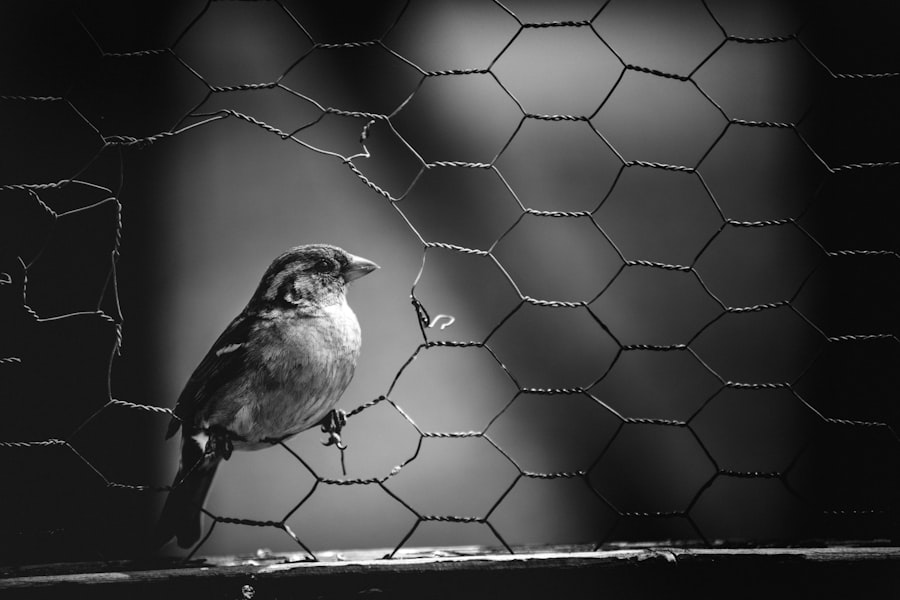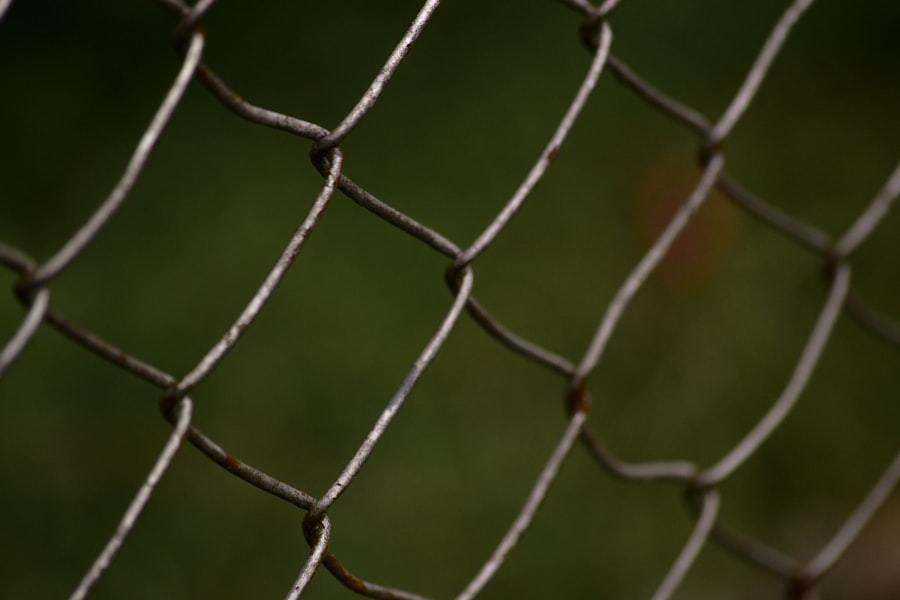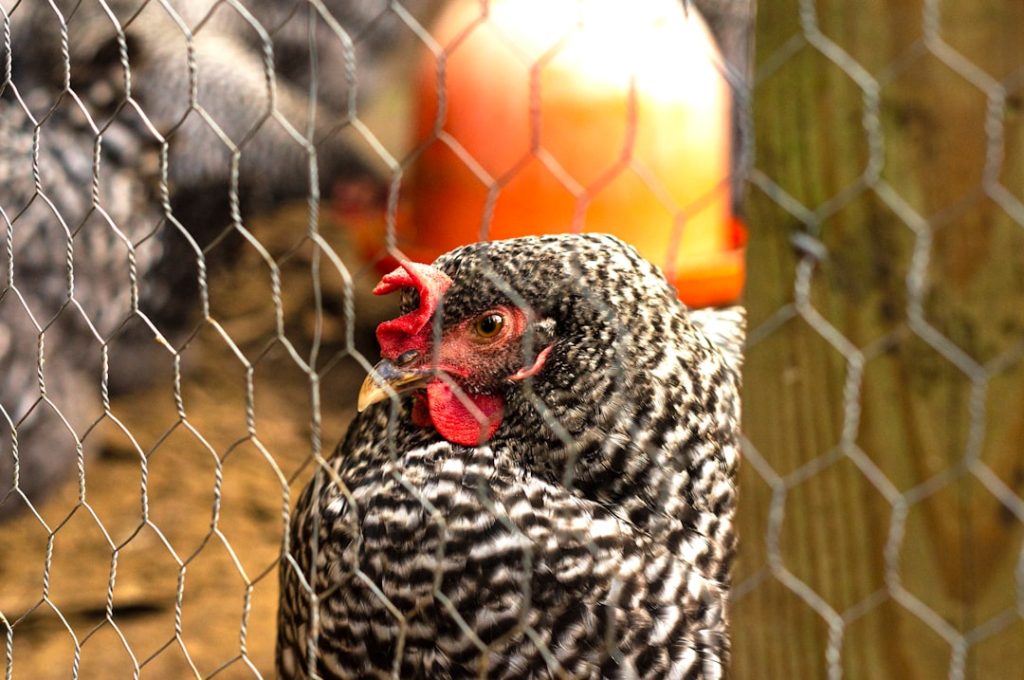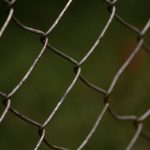A properly sized fence is essential for chicken safety and containment. Chickens are natural foragers with a tendency to wander, making adequate enclosure necessary. A well-constructed fence serves multiple purposes: it keeps chickens within a designated area, protects them from predators, prevents conflicts with neighboring properties, and safeguards gardens or other areas from chicken-related damage.
The establishment of clear boundaries through fencing contributes to the overall well-being of chickens. A designated area for roaming protects them from potential hazards such as traffic or other animals. This containment also helps prevent the spread of diseases and parasites while reducing the risk of injury or death from accidental encounters with predators or environmental dangers.
A properly sized fence creates a controlled environment that allows chickens to engage in natural behaviors while remaining safe. It provides a balance between freedom of movement and necessary protection. The fence height and material should be appropriate for the chicken breed and local predator threats.
Regular maintenance of the fence ensures its continued effectiveness in providing a secure habitat for chickens to thrive.
Table of Contents
- 1 Factors to Consider When Determining Fence Height for Chickens
- 2 Recommended Height for Keeping Chickens Safe and Secure
- 3 Common Issues with Fences that are Too Low for Chickens
- 4 The Benefits of a Higher Fence for Chickens
- 5 Alternatives to Traditional Fencing for Keeping Chickens Contained
- 6 Tips for Maintaining and Monitoring the Fence to Ensure Chicken Safety
- 7 FAQs
- 7.1 What height should a fence be to keep chickens in?
- 7.2 Why is a 6-foot fence recommended for keeping chickens in?
- 7.3 Are there any other factors to consider when building a fence to keep chickens in?
- 7.4 Can certain breeds of chickens fly over a 6-foot fence?
- 7.5 Are there any alternatives to a tall fence for keeping chickens in?
Key Takeaways
- A properly sized fence is crucial for keeping chickens safe and secure.
- Factors to consider when determining fence height for chickens include predator threats and chicken breeds.
- The recommended height for keeping chickens safe and secure is at least 6 feet.
- Common issues with fences that are too low for chickens include predator attacks and escape attempts.
- A higher fence for chickens provides benefits such as increased protection and reduced stress for the chickens.
Factors to Consider When Determining Fence Height for Chickens
Chicken Breed and Size
The breed and size of your chickens will significantly impact the necessary fence height. Their ability to fly and jump will be influenced by their breed and size, which in turn affects the fence height required. For instance, larger breeds like Orpingtons or Brahmas are not known for their flying abilities and may only need a lower fence. On the other hand, lighter breeds like Leghorns or Easter Eggers may require a taller fence.
Predator Presence
The presence of potential predators in the area is another crucial factor to consider when determining the appropriate fence height. Predators like foxes, raccoons, or birds of prey can pose a significant threat to your chickens. Therefore, it’s essential to ensure the fence is high enough to protect your chickens from these predators.
Striking a Balance
Ultimately, the goal is to strike a balance between providing adequate protection for your chickens while also considering their breed and size. By taking these factors into account, you can determine the ideal fence height to keep your chickens safe and secure.
Recommended Height for Keeping Chickens Safe and Secure

The recommended height for keeping chickens safe and secure will vary depending on the specific circumstances of each chicken coop or run. However, as a general guideline, a fence height of at least 6 feet is recommended to provide adequate protection for most chicken breeds. This height is typically sufficient to prevent most chickens from flying or jumping over the fence, while also deterring potential predators from gaining access to the chickens.
In some cases, particularly in areas with high predator populations, a fence height of 8 feet or higher may be necessary to ensure the safety and security of the chickens. Additionally, adding a wire mesh or netting to the top of the fence can further prevent any potential escape attempts by the chickens or intrusion by predators. Ultimately, the recommended height for keeping chickens safe and secure will depend on the specific circumstances and potential threats in the area.
Common Issues with Fences that are Too Low for Chickens
Fences that are too low for chickens can lead to a variety of issues that can compromise the safety and security of the flock. One common issue is that low fences can make it easier for predators such as foxes, raccoons, or birds of prey to gain access to the chickens. This can result in injury or death to the chickens, as well as increased stress and anxiety for the flock.
Additionally, low fences can also make it easier for chickens to escape from their designated area, leading to potential conflicts with neighboring properties or exposure to hazards such as traffic or other animals. Furthermore, low fences may not provide adequate protection from airborne predators such as hawks or owls, leaving the chickens vulnerable to attacks from above. Overall, fences that are too low for chickens can lead to a variety of safety and security issues that can be detrimental to the well-being of the flock.
The Benefits of a Higher Fence for Chickens
A higher fence for chickens offers several benefits that can contribute to the safety and security of the flock. Firstly, a higher fence can prevent chickens from escaping their designated area, reducing the risk of conflicts with neighboring properties and exposure to potential hazards such as traffic or other animals. Additionally, a higher fence can provide better protection from ground-based predators such as foxes or raccoons, reducing the risk of injury or death to the flock.
Furthermore, a higher fence can also provide better protection from airborne predators such as hawks or owls, reducing the risk of attacks from above. This can help to reduce stress and anxiety for the flock, as well as provide peace of mind for the chicken keepers. Overall, a higher fence for chickens offers increased protection and security, contributing to a safer and more secure environment for the flock to thrive.
Alternatives to Traditional Fencing for Keeping Chickens Contained

Electric Fencing: A Deterrent to Predators
In addition to traditional fencing, electric fencing is an effective alternative for keeping chickens contained. It provides a deterrent to potential predators while preventing chickens from escaping their designated area. This option is particularly useful in areas with high predator populations or where traditional fencing may not be feasible.
Poultry Netting and Wire Mesh: Temporary and Targeted Containment
Another alternative option is using poultry netting or wire mesh to create a secure enclosure for the chickens. This can be particularly useful for creating temporary enclosures or for protecting specific areas such as gardens or flower beds from chicken damage.
Natural Barriers: Aesthetically Pleasing Containment
Using natural barriers such as hedges or shrubs can also provide effective containment for chickens while adding aesthetic appeal to the area. This option is a great way to keep chickens contained while also enhancing the beauty of the surrounding environment.
Tips for Maintaining and Monitoring the Fence to Ensure Chicken Safety
Maintaining and monitoring the fence is essential to ensure the safety and security of the chickens. Regular inspections should be conducted to check for any signs of damage or wear that could compromise the integrity of the fence. Any necessary repairs or replacements should be promptly addressed to prevent potential escape attempts by the chickens or intrusion by predators.
Additionally, monitoring the area surrounding the fence for signs of potential predators or other hazards is important to ensure the safety of the flock. This may include removing any attractants such as food scraps or garbage that could draw in predators, as well as implementing deterrents such as motion-activated lights or sound devices to discourage unwanted visitors. Overall, maintaining and monitoring the fence is crucial for ensuring the safety and security of the chickens, contributing to a healthy and thriving flock.
If you’re considering building a fence to keep your chickens in, you may also be interested in learning about the incubation period for chicken eggs. Check out this article to understand how long it takes for chicken eggs to hatch naturally and what factors can affect the process. Understanding the lifecycle of your chickens can help you make informed decisions about their care and housing.
FAQs
What height should a fence be to keep chickens in?
The recommended height for a fence to keep chickens in is at least 6 feet tall. This will prevent most breeds of chickens from flying over the fence.
Why is a 6-foot fence recommended for keeping chickens in?
A 6-foot fence is recommended to prevent most breeds of chickens from flying over the fence. Chickens are capable of flying short distances and can easily clear lower fences.
Are there any other factors to consider when building a fence to keep chickens in?
In addition to the height of the fence, it’s important to ensure that the fence is secure and has no gaps or weak spots that chickens could escape through. Additionally, consider the material of the fence and whether it provides adequate protection from predators.
Can certain breeds of chickens fly over a 6-foot fence?
While most standard breeds of chickens are unlikely to fly over a 6-foot fence, some lighter and more agile breeds may still be able to clear the fence. It’s important to consider the specific breed of chickens when determining fence height.
Are there any alternatives to a tall fence for keeping chickens in?
In addition to a tall fence, other options for keeping chickens in include using chicken wire or poultry netting to create a secure enclosure. Electric fencing can also be effective in deterring chickens from flying over the boundary.
Meet Walter, the feathered-friend fanatic of Florida! Nestled in the sunshine state, Walter struts through life with his feathered companions, clucking his way to happiness. With a coop that’s fancier than a five-star hotel, he’s the Don Juan of the chicken world. When he’s not teaching his hens to do the cha-cha, you’ll find him in a heated debate with his prized rooster, Sir Clucks-a-Lot. Walter’s poultry passion is no yolk; he’s the sunny-side-up guy you never knew you needed in your flock of friends!







